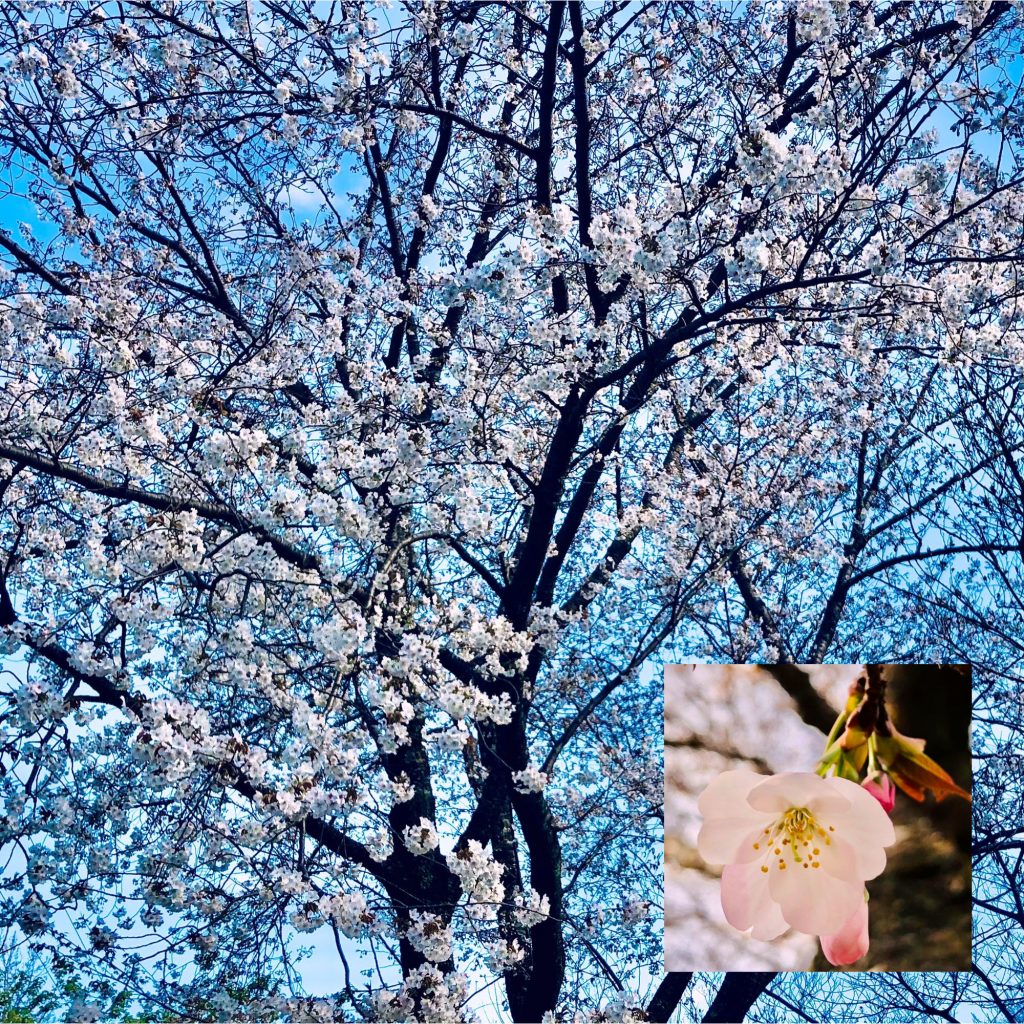
When it comes to flowers, it’s cherry blossoms, and when it comes to cherry blossoms, it’s the Somei Yoshino. Starting with the Kanhi-zakura in Okinawa in January, and then the Kawazu-zakura in February, the Somei Yoshino in March, and the Ooyama-zakura in Hokkaido in May, the new spring in Japan looks like the whole country is overwhelmed with cherry blossoms alone. Among them, the Somei Yoshino stands out. When it comes to the declaration of blooming or the cherry blossom front, it’s all about the Somei Yoshino. The Somei Yoshino was named after being promoted by horticulturists from Somei Village in Edo during the late Edo period, but it spread nationwide during the high economic growth period after the war. Until then, the Yama-zakura, which has been familiar to the Japanese people since ancient times, was the cherry blossom of choice. The cherry blossom previously associated with flower viewing was the Yama-zakura. The “Yoshino cherry blossom” famous for being depicted by many poets and painters, including Saigyō, is also 80% Yama-zakura. Cherry blossoms that bloom in mountainous regions are sometimes referred to as “yamazakura,” but Yama-zakura is a particular type of cherry blossom and is one of Japan’s 11 “basic wild species.
花と言えば桜、桜と言えばソメイヨシノです。1月の沖縄県のカンヒザクラ(寒緋桜)から始まって、2月のカワヅザクラ(河津桜)、3月のソメイヨシノ(染井吉野)、5月の北海道のオオヤマザクラ(大山桜)まで、日本の新春は桜一色の様相です。その中でもソメイヨシノは傑出しています。開花宣言とか桜前線と言えば、全てソメイヨシノを中心に語られます。ソメイヨシノは、幕末の頃に、江戸の染井村の植木職人らによって売り出されたのでソメイヨシノの名が付きましたが、全国的に広がったのは、戦後の高度成長期の頃からです。それまでは、花見と言えば、古来より日本人になじみのあるヤマザクラでした。ソメイヨシノ以前の花見といえばこの桜だったのです。西行を初め、多くの歌人や画家が表した桜で有名な「吉野の桜」も8割はヤマザクラです。山地に咲く桜を総称して山桜と呼ぶこともありますが、ヤマザクラは歴とした桜の一品種で、日本の11種の「基本野生種」の一つです。
